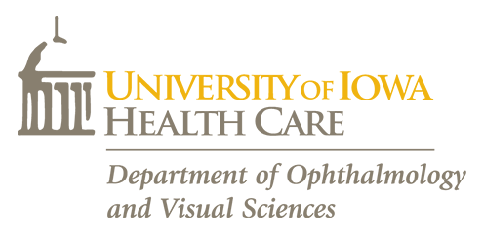The precise transcriptional regulation of gene expression is essential for vertebrate development, but the role of posttranscriptional regulatory mechanisms is less clear. Cytoplasmic RNA granules (RGs) function in the posttranscriptional control of gene expression, but the extent of RG involvement in organogenesis is unknown. We describe two human cases of pediatric cataract with loss-of-function mutations in TDRD7 and demonstrate that Tdrd7 nullizygosity in mouse causes cataracts, as well as glaucoma and an arrest in spermatogenesis. TDRD7 is a Tudor domain RNA binding protein that is expressed in lens fiber cells in distinct TDRD7-RGs that interact with STAU1-ribonucleoproteins (RNPs). TDRD7 coimmunoprecipitates with specific lens messenger RNAs (mRNAs) and is required for the posttranscriptional control of mRNAs that are critical to normal lens development and to RG function. These findings demonstrate a role for RGs in vertebrate organogenesis.
Mutations in the RNA granule component TDRD7 cause cataract and glaucoma.
Journal:
Science
Additional Information:
2011 Mar 25;331(6024):1571-6.
Publication Date:
Mar 25 2011
Pubmed ID:

